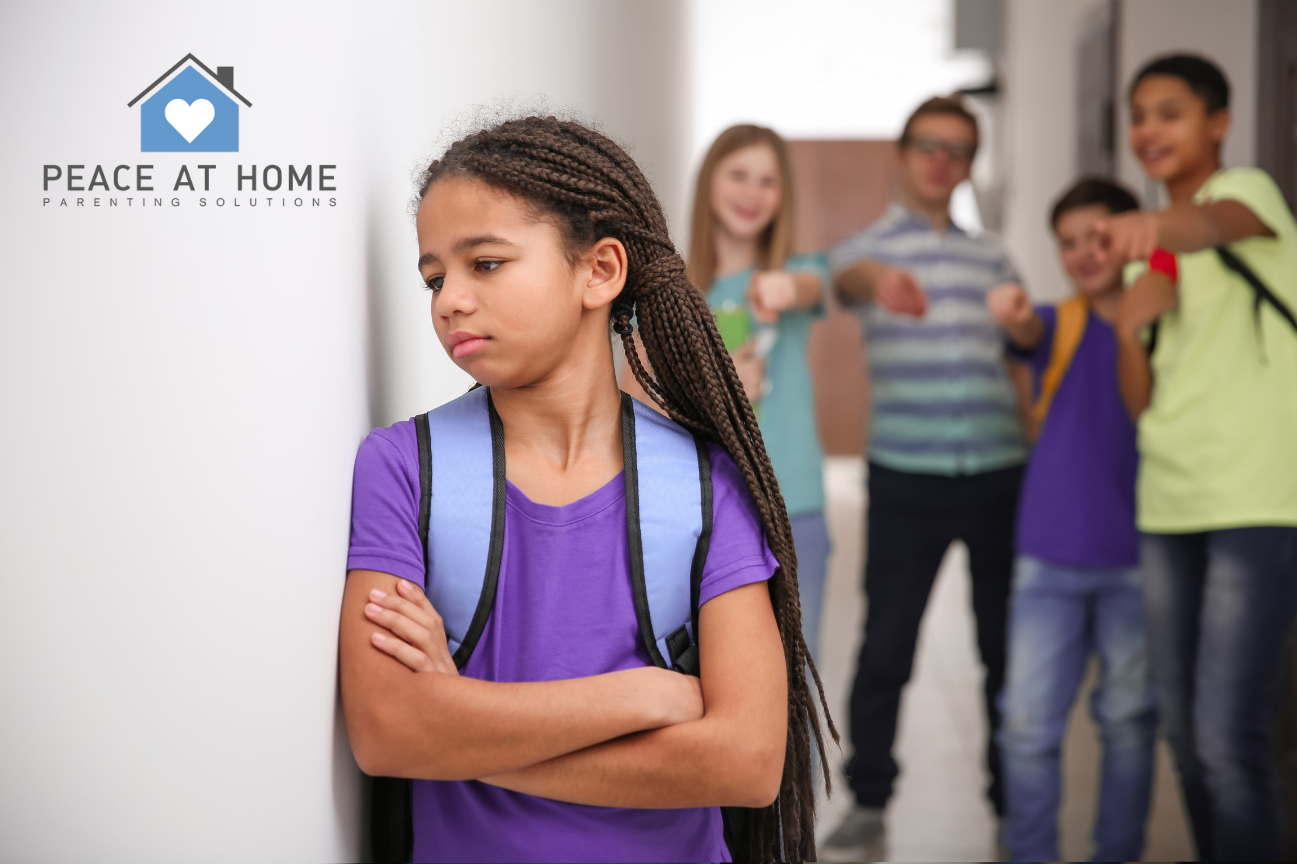
Bullying is not always obvious. It often shows up in small, subtle ways that are easy to miss, especially when children aren’t sure how to express what they’re going through. As a parent, your connection with your child is a powerful tool for spotting the early signs and supporting them through challenges. At Peace At Home Parenting, we focus on emotional intelligence, connection, and practical strategies to guide you and your child through difficult social situations.
According to the Centers for Disease Control and Prevention (CDC), bullying is defined as “any unwanted aggressive behavior(s) by another youth or group of youths, who are not siblings or current dating partners, that involves an observed or perceived power imbalance, and is repeated multiple times or is highly likely to be repeated.”
Bullying can be:
Forms include:
Parents often expect bruises or tears, but the signs of bullying can be much more subtle. Look for:
These signs may be especially difficult to detect during adolescence, when children are more sensitive to peer perception and may be reluctant to share. Brain development during puberty increases awareness of social standing, making peer interactions even more impactful.
Bullying involves an imbalance of power. This could be:
Even indirect forms like exclusion or rumor-spreading can create significant emotional distress, especially when repeated.
Close relationships are a protective factor against bullying. Kids with at least one strong friendship are healthier, less anxious, and less likely to be bullied. Encourage your child to:
A daily dose of positive, one-on-one attention can make a big difference. Just 20 minutes of uninterrupted time signals to your child that you are present, interested, and safe to talk to. Put away technology, be playful, and focus fully on your child’s interests.
If you suspect bullying:
When bystanders intervene, bullying stops within 10 seconds in 57% of cases. But fewer than half of students say they would try to help. Teaching children how to recognize and respond to bullying empowers them to protect themselves and others.
Bullying is complex, but you are not powerless. When you build emotional intelligence, support healthy friendships, and create space for connection at home, you strengthen your child’s resilience. Peace At Home Parenting is here to help you take the next steps with confidence.
Questions? Email us at solutions@peaceathomeparenting.com
And now for the shameless plug…
Don’t have a Peace at Home Parenting Portal? Let’s fix that. Ask your company, school, or favorite neighborhood group to join us. We’ve got Corporate, K-12 School, and Family Service programs that bring calm to the chaos—no yoga mat required. Click here to join as an individual or family.